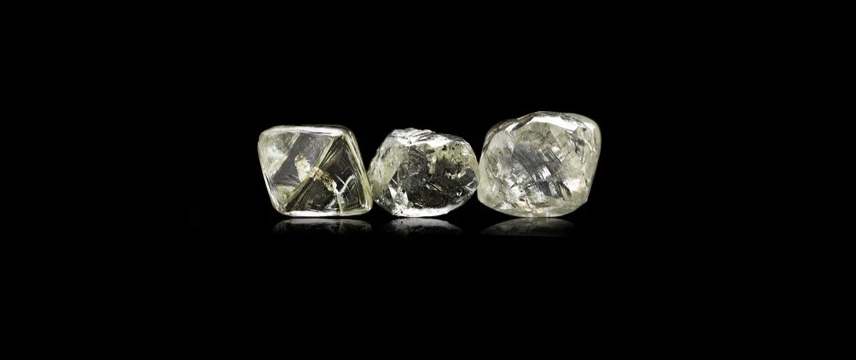
Diamonds are made deep within the Earth's mantle, where carbon atoms are subjected to intense heat and pressure over millions of years. These conditions cause the carbon atoms to crystallize into diamond structures. During this process, various elements or other minerals may become trapped within the diamond lattice, creating internal features known as inclusions. Additionally, external factors such as scratches or chips can occur, leading to external characteristics known as blemishes. These inclusions and blemishes affect the clarity of a diamond.
Evaluating diamond clarity involves determining the number, size, relief, nature, and position of these characteristics, as well as how these affect the overall appearance of the stone. If you are trying to determine what is the best clarity for a diamond, remember that no diamond is perfectly pure. But the closer it comes to purity, the better its clarity.
The Gemmological Institute of America (GIA) Diamond Clarity Scale is used to assess the clarity of diamonds, which refers to the presence of internal and external flaws, known as inclusions and blemishes, respectively. The scale consists of six main categories, some of which are further subdivided:
- Flawless (FL) No inclusions and no blemishes visible under 10x magnification
- Internally Flawless (IF) No inclusions visible under 10x magnification
- Very, Very Slightly Included (VVS1 and VVS2) Inclusions so slight they are difficult for a skilled grader to see under 10x magnification
- Very Slightly Included (VS1 and VS2) Inclusions are observed with effort under 10x magnification, but can be characterized as minor
- Slightly Included (SI1 and SI2) Inclusions are noticeable under 10x magnification
- Included (I1, I2, and I3) Inclusions are obvious under 10x magnification which may affect transparency and brilliance

